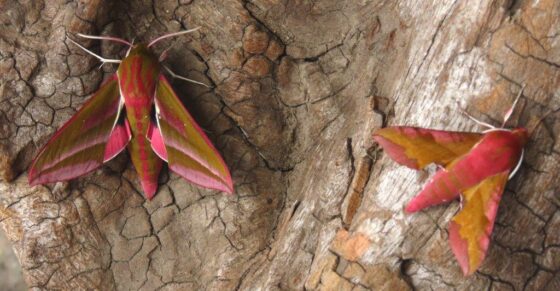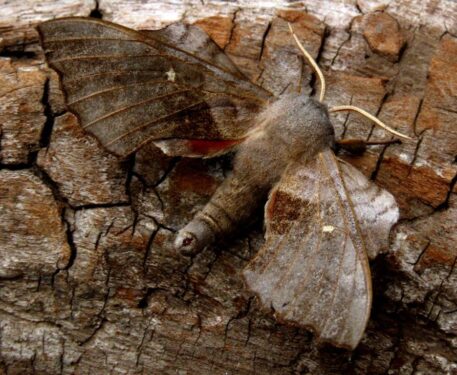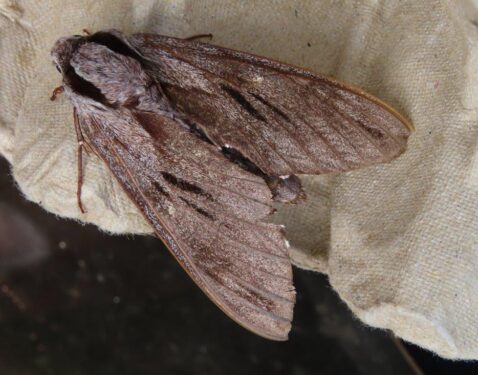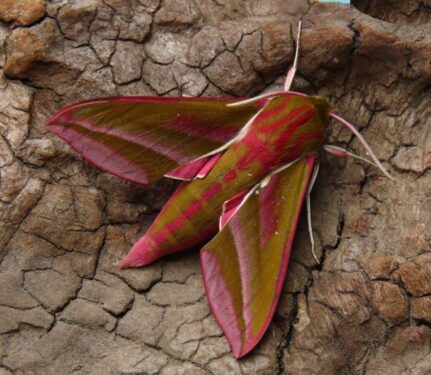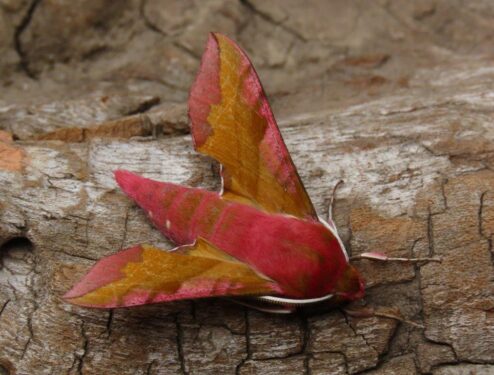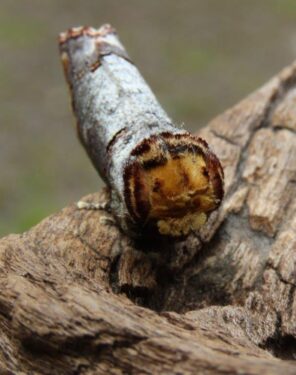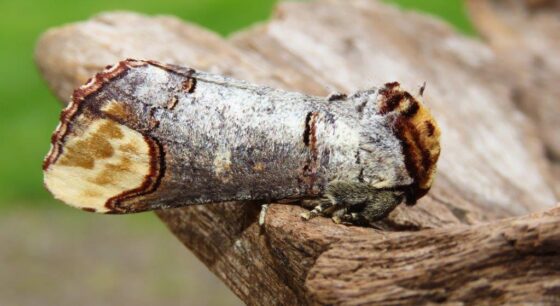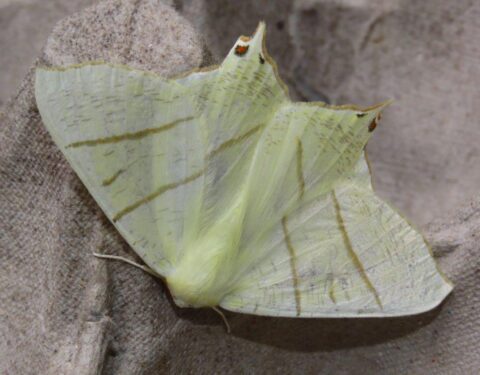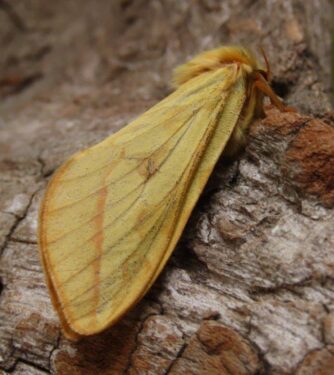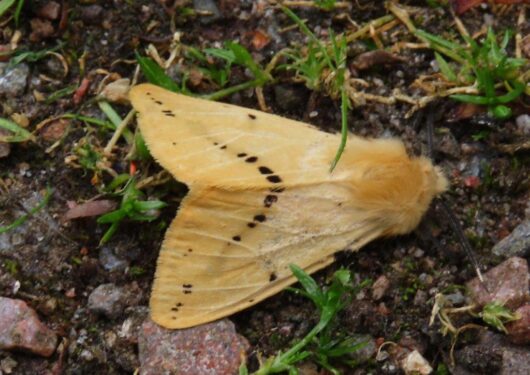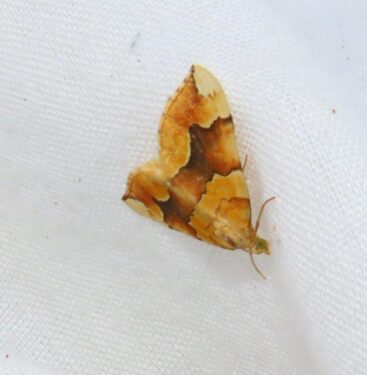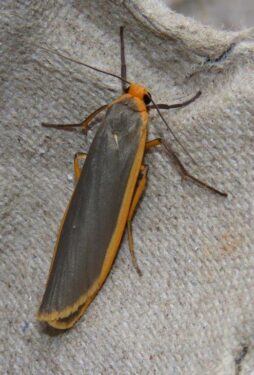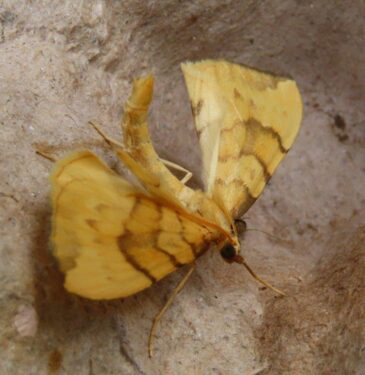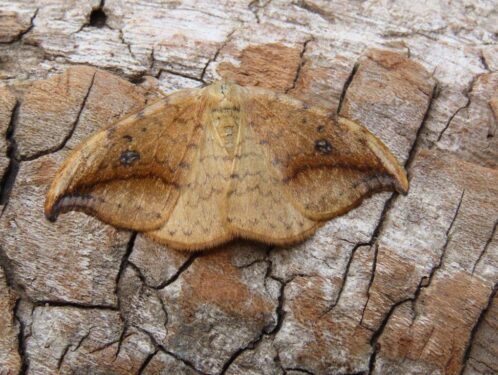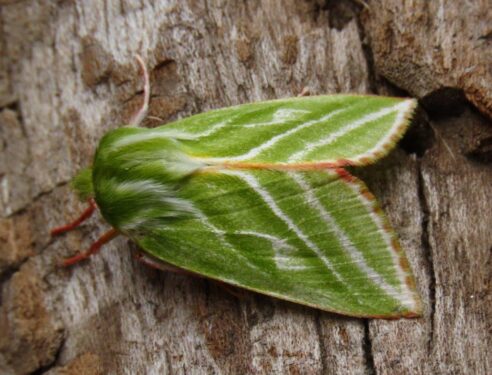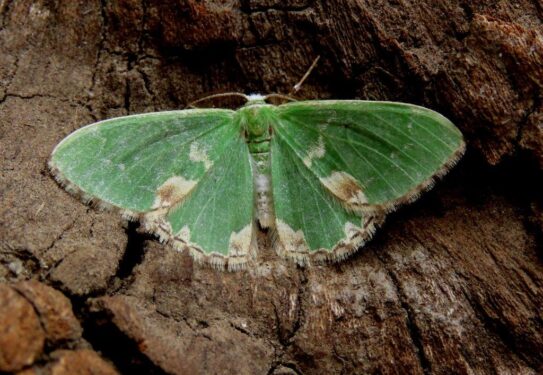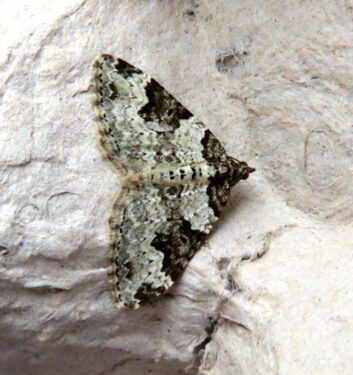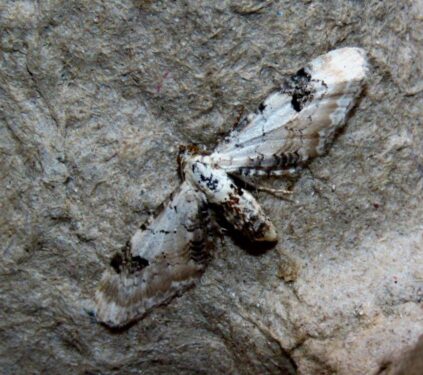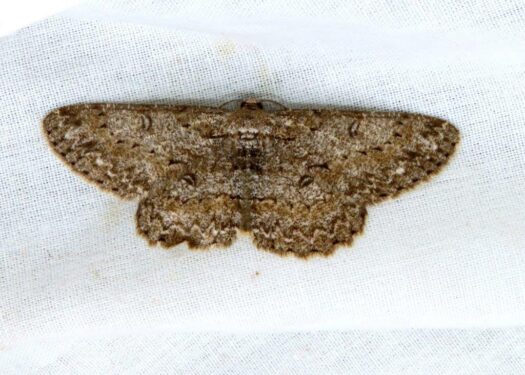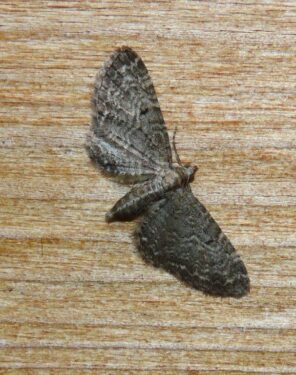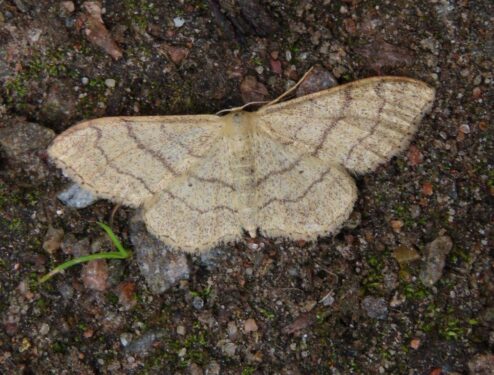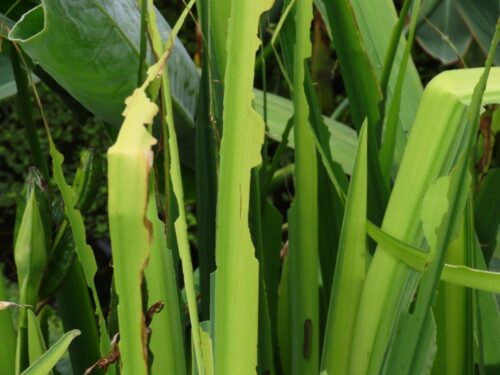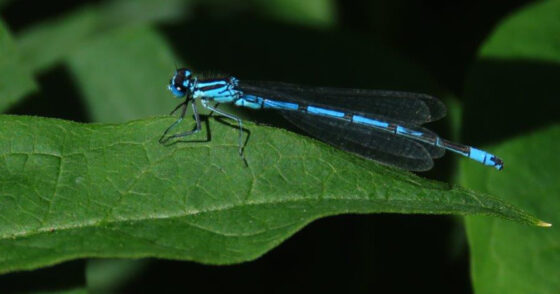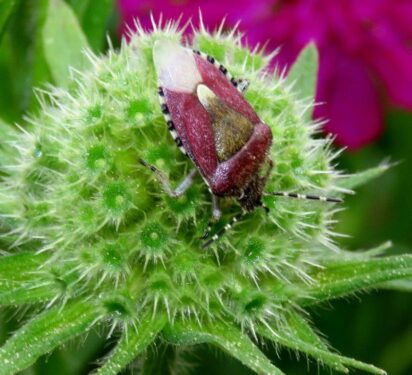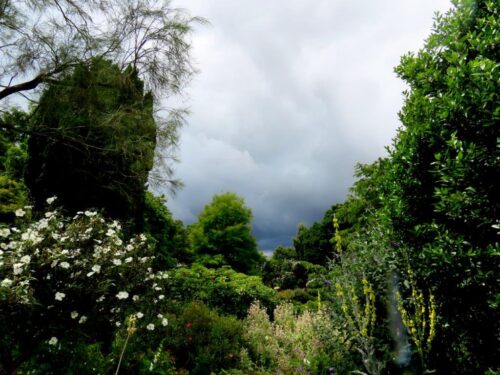Our hopes for the moth event at the solstice were not high given the general dearth of insects hitherto this spring. However the first garden moth event of the year was blessed with perfect weather conditions, a hot but cloudy and humid night with little wind, preceded by a very hot and sunny day or two. The garden really lived up to what I always say about it: as rich in insect species as any nature reserve hereabouts.
52 species of macromoths and more than a dozen micros (just the ones we had time to identify) amounted to very respectable 200 or so individual moths to entertain and educate our select group of customers. Any night when you catch four types of hawk moth, everyone’s favourites because of their size and/or colour and as they are generally very docile, very amenable to handling, has got to be a good night. Especially when these include two of the larger Hawk-moths (Poplar and Pine) and the two most beautiful (Elephant and Small Elephant).
At least 20 Buff-tips, living ‘broken birch twigs’ was an impressive total, indicating a recent coordinated emergence, a good idea if you want to find a mate:
Large yellowish species included Swallow-tailed Moth and Ghost Moth…
… while a little smaller but in the same suite of colours were Buff Ermine, Barred Yellow, Common Footman and Barred Straw (with its characteristic bottom-up posture).
Such fascinating moths, with often entrancing names: how about Nut-tree Tussock and Pebble Hook-tip, both exceptionally well camouflaged against bark and similar backgrounds.
Equally well camouflaged but only against leafy backgrounds were the beautiful Green Silver-lines and Blotched Emerald, three of the latter for me the moths of the morning.
Others camouflage themselves by looking like inedible objects (see Buff-tip above) – one of the more frequent forms is to resemble bird-poo, as here with Garden Carpet and Lime-speck Pug.
And to round of a motley selection, a few grey and brown species, here Pale Oak Beauty, Grey Pug and Riband Wave. A full list of those moth species we recorded is appended here bc moths june 24. And before anyone queries whether ‘moth trapping’ is compatible with our desire to be the home of ecological and sustainable gardening, please rest assured all moths were released unharmed at the end of the two hour morning session, away from the attentions of predators such as Blackbirds.
Another attraction for our customers on these events is that they get access before anyone else is there. First thing, the gardens are truly sublime: the only sound is birdsong and the only feeling pure joy.
And it gives us chance to try and find ‘free-range’ moths and other insects. We found the caterpillars of Iris Sawflies munching the irises and proving to all other visitors we don’t poison the planet in our mission to create a beautiful garden.
Always something to see! Blue-tailed and Azure Damselflies were everywhere, scabious heads had Hairy Shield-bugs, and best of all (a rival to the biggest and brightest of the moths) a solitary bronze-highlighted, metallic green Rose Chafer, a real speciality of the Colchester area, munching contentedly on an umbellifer.
All too soon the event was over, but the clouds were gathering, reasserting the typical weather pattern of this summer!
If anyone would like to join us on the next one of these moth mornings on July 20th, 0900-1100am, please book through this link Marvellous Moths! – Beth Chatto’s Plants & Gardens. We can never promise moths, and all are weather-dependent but whatever we will find something to start your weekend in style!
